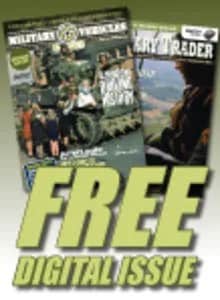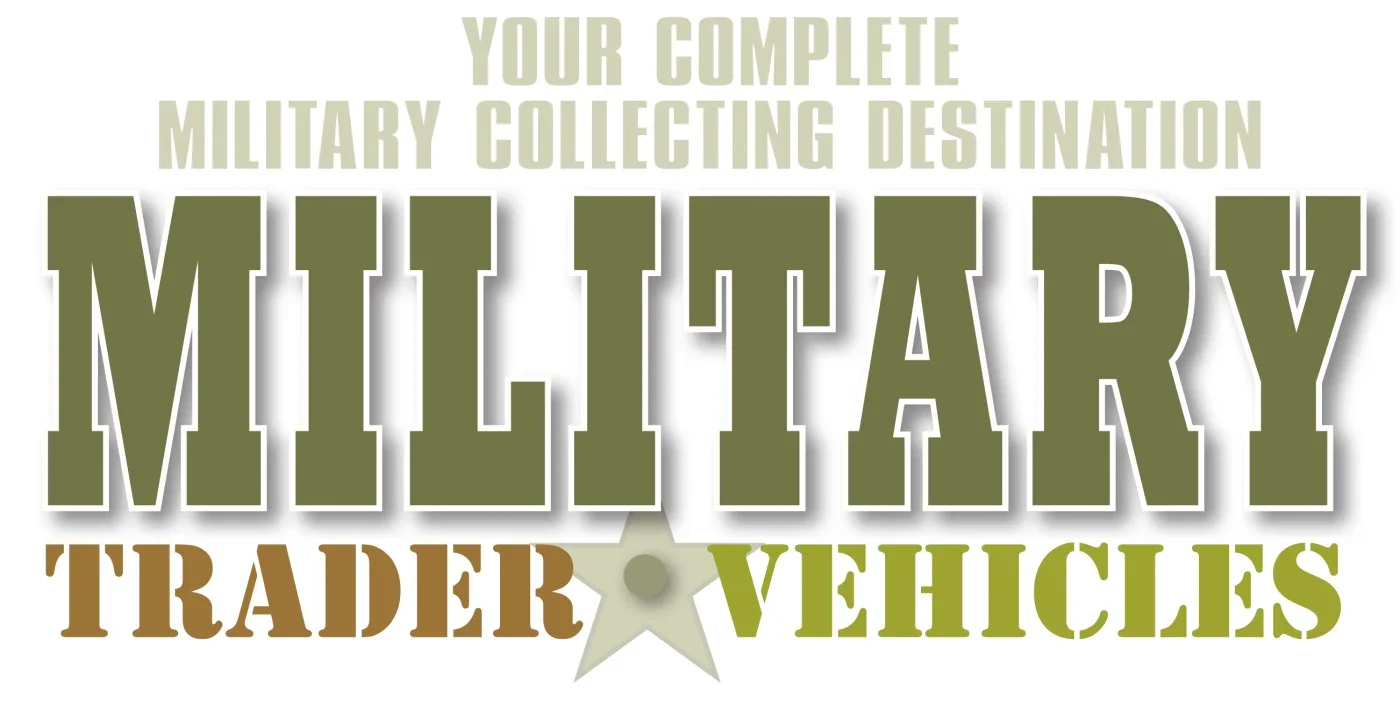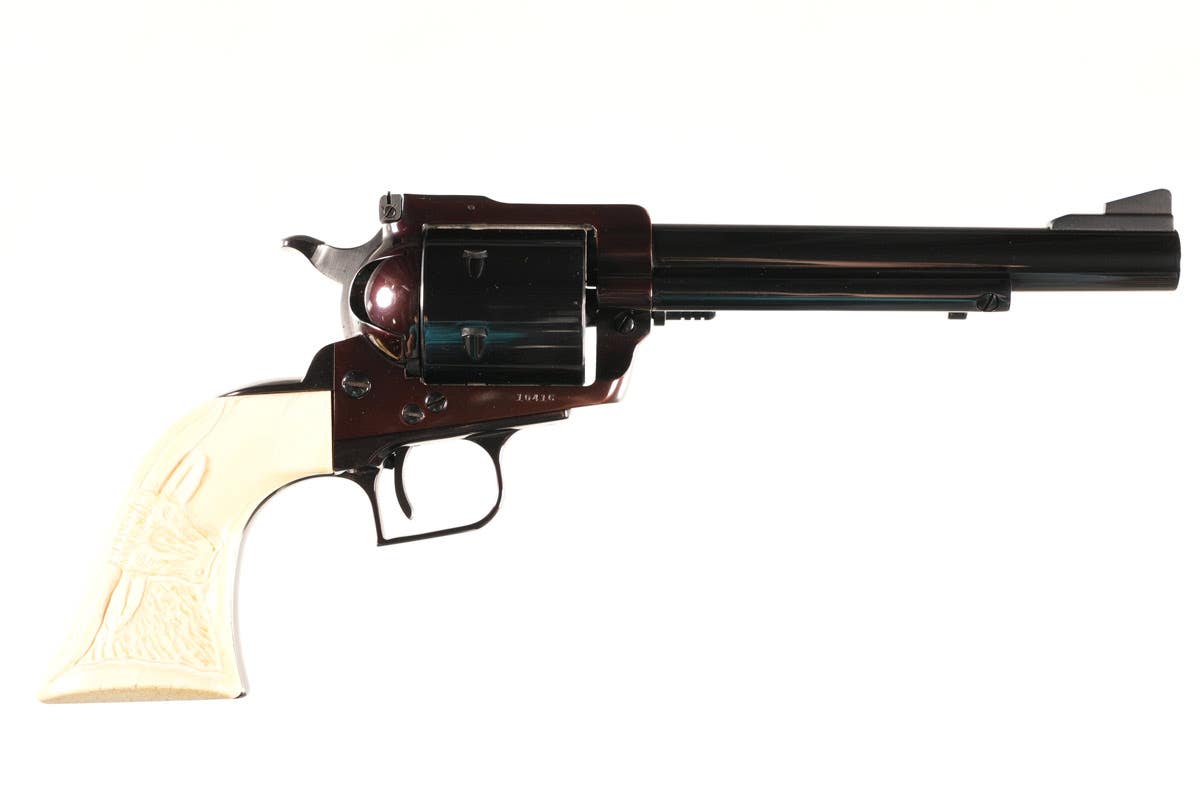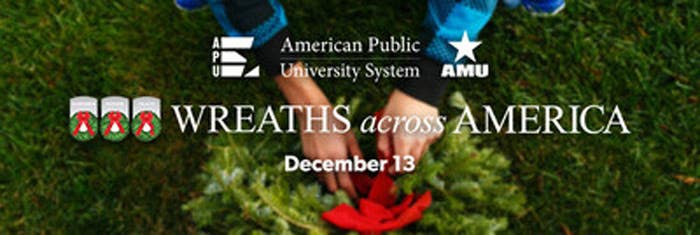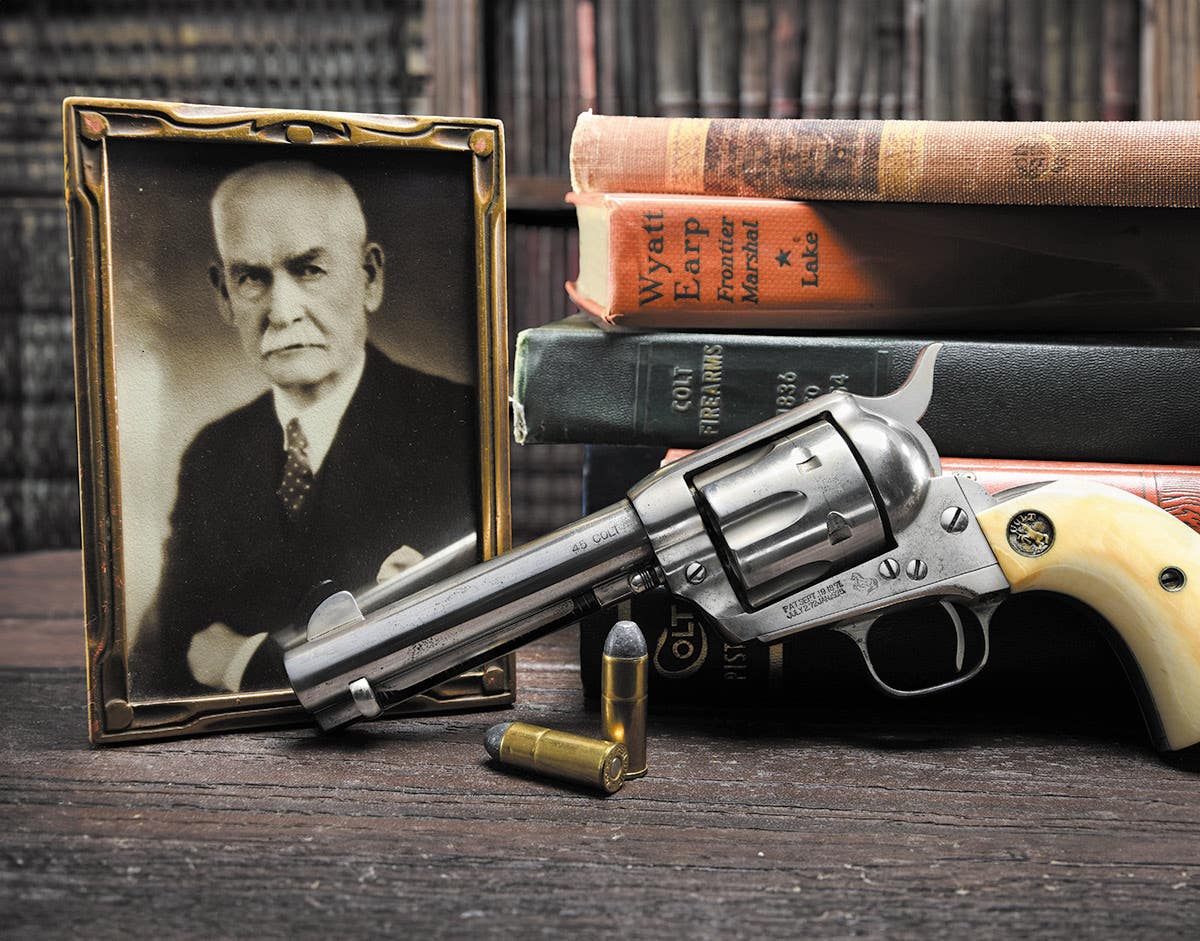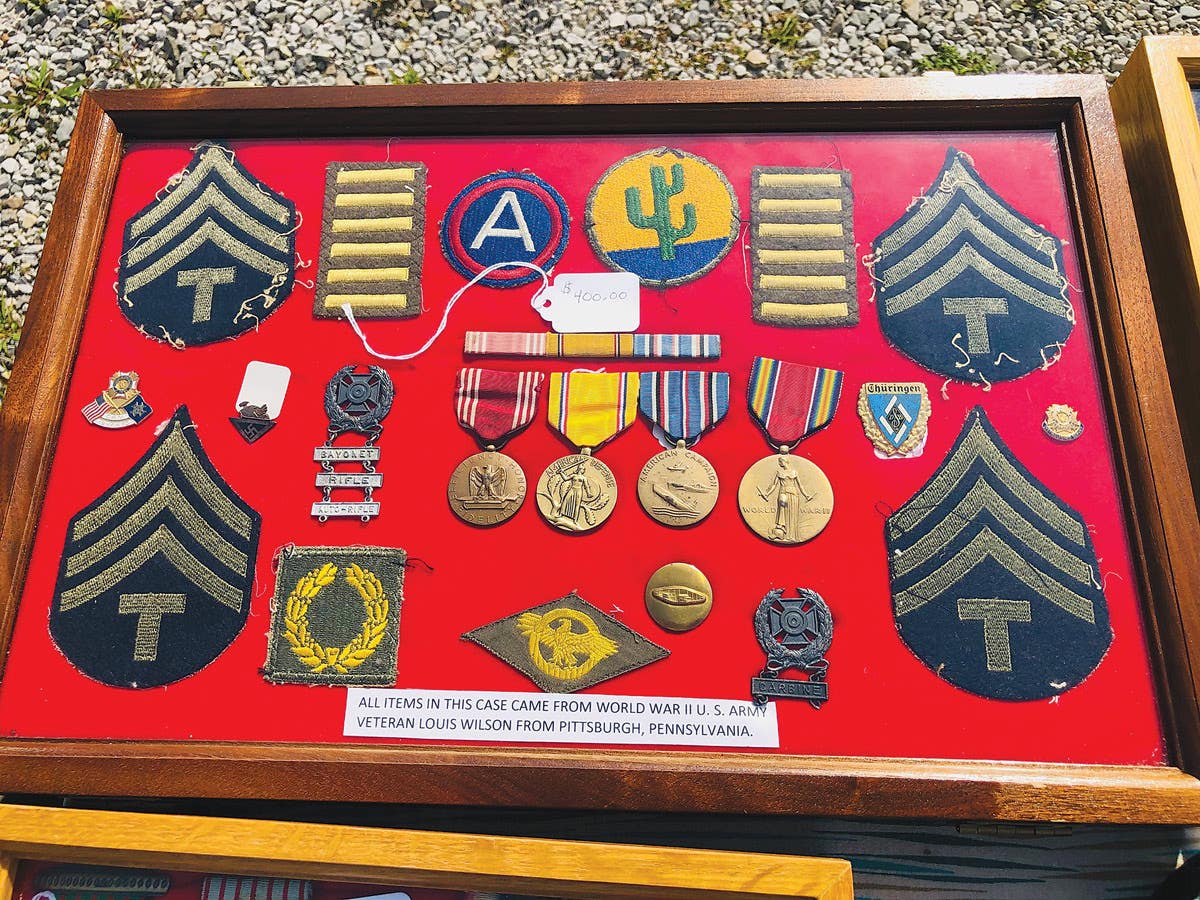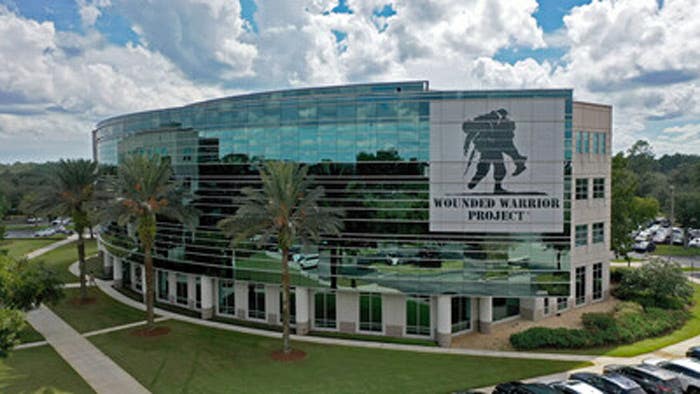It takes a village
Greetings, My high school best friend’s dad died a few weeks ago. Mr. Briggs was a stoic fellow but had a sharp cutting sense of humor. During ninth and tenth…
Greetings,
My high school best friend’s dad died a few weeks ago. Mr. Briggs was a stoic fellow but had a sharp cutting sense of humor. During ninth and tenth grades, my buddy Barry and I would stop in at Mr. Briggs’ auto parts store to sit and talk for a few minutes before crossing the street to the school. Sitting at the counter, we could talk to him about most anything ranging from cars and girls to school gossip or working after school to earn some extra spending money.
Thinking about the role Mr. Briggs played in my high school years brought to mind a statement a former First Woman made popular, “It takes a village to raise a child.” When I visited Mr. Briggs’ grave this past week, the truth of this statement in my life became apparent. Please permit me to introduce you to some of those from my “village”.
Leave it to Beaver
Remember how the Beaver would wander through his idyllic town visiting various adults, like Gus the fireman or the fellow who owned the grocery store? I am not exaggerating when I say the town in which I grew up was similar. There were only 1,200 people in Caledonia. My folks owned one of three grocery stores, and my mom was a career math teacher. We lived right across the street from the Irish Catholic church and three blocks from the German Catholic church. This combination led me to knowing lots of folks and, even more, knowing who I was. I was free to wander around town and talk to whomever I liked.
Meet Mr. Rice. To a four-year-old, he was a giant, sitting in his Skelly gas station. But, I would loosen the bolts on the seat of my tricycle so that I could take it over for him to “fix”. He would give me a bottle of pop and after he tightened the bolt on my tricycle seat, would take me back into his deep garage to show me his massive tow truck parked in front of a Model T. The seeds of fascination with big trucks were planted in Mr. Rice’s garage.
Vic Palen was our next door neighbor. The Palens had been the next door neighbors of the Grafs for at least three generations, spanning back to about 1903. Vic and my dad were best buddies as kids. Vic’s daughter Frances would play with me even though I was just a little kid and she was a young grade schooler. I spent a lot of time talking to Vic about WWII. He was a professional photographer working in the studio that had been in his family since about 1875. During the War, Vic was in the Army Air Corps working as an aerial photographer. I loved visiting the studio and looking at the old, huge cameras on tripods and the boxes of glass negatives. It wasn’t too many years later that I decided to begin collecting antique photos, a passion I still pursue.
Ralph Eikens was another neighbor and married to my Dad’s first cousin. Ralph was pretty crippled, the result of shrapnel in the back as he was carrying a stretcher out of the fight at Iwo Jima. In spite of gnarled and curled hands, Ralph could fix anything. I used to take my models and slot cars to him to help me modify or repair them. He showed me how to use a soldering iron. He also taught me how to break down a rifle beyond the basic cleaning level to repair firing pins and trigger assemblies. To this day, I use these skills every week and when I do, I think of Ralph.
Dad’s high school pal was Gale Buxengard. Together, they passionately collected stamps and pursued their photography hobbies. When I was little, Gale was the town’s postmaster. He would save stamps for me and helped me build my own stamp collection. When I got a little older, he shared his collection with me showing me the many Leica cameras, Allgemeine SS uniform and various weapons he acquired while in the service. Gale opened my eyes to the treasure of souvenirs that veterans brought back from Europe and the Pacific.
Kern Ferris was known around town as “Captain Ferris”. His dad had been an engineer on the narrow-gauge railroad that ran between Caledonia and Freeburg before the war. My Dad knew him, but Dad being an old NCO, regarded Kern as an “ROTC one-year wonder”. I met Kern when I was about 12 years old. I was interested in family genealogy. Kern was retired and spent his days researching his own family history. He quickly took me under his wing and taught me how to research public records. Though his mind would spin if he knew the likes of Footnote.com or Ancestory.com, I still follow the basic guidelines of research that Kern taught me.
Harold St. Mary owned an auto shop that was on the way between my grade school and our grocery store. When the doors were open on the shop, I would stop in to say hi because I knew Harold collected old cars and trucks. His pride and joy was a 1903 Maxwell, but what captured my attention was a 1920s delivery truck, resplendent with loads of period packaging. I loved the attention to detail. Harold was also the director of our local museum. He would take me to the museum to help him build exhibits. When I was 13, he asked me to put together an exhibit on the Civil War. Little did I know that he had planted the seeds of my professional museum career.
The list could go on. Like the Beaver, I was a pretty precocious kid. I was not shy about walking into an office and start talking to whoever was behind the desk. But there was one fellow in Caledonia who stood out—Percy “Perk” Steffen. Perk was a veteran of WWI, a retired editor of the town’s “Republican” newspaper, self-appointed keeper of the town’s heritage and Civil War enthusiast. My dad introduced me to Perk when I was about 10 years old. I visited him every Saturday afternoon for several years. We would talk about the Civil War, his World War experiences and the town’s history. I loved Perk. In fact, when my school had a grandparent’s day, I asked him if I could adopt him as a grandpa (not having known either of my grandfathers). Every year thereafter, I sent him a Father’s Day card. When Perk died, his wife Helen gave me the 10-volume set of Miller’s Photographic History of the Civil War that Perk and I poured over so many times. It sits on the top of one of my front room bookcases where I see it every day. Not a day passes that I don’t think of Perk or tap into the passion for the study of military history that he nurtured in me.
It may have required a village to raise me, but it would not have been possible without the fundamentals of respect for elders, learning and daily chores that my parents instilled in me. They may not have attended my sporting events or been involved in every step of my day like so many parents are today, but perhaps it wasn’t necessary. I had a “village” of adults who looked out for me, taught me and listened to me.
I miss them all, but during quiet moments, I realize that all of my successes as a writer, researcher, collector and historian, are due to people like Mr. Briggs, Mr. Rice, Ralph, Perk, Kern, Gale and Mr. St. Mary. It may be a tired expression, but to me, these men were truly part of the “Greatest Generation”.
John Adams-Graf
Editor, Military Trader and Military Vehicles Magazine
John Adams-Graf ("JAG" to most) is the editor of Military Trader and Military Vehicles Magazine. He has been a military collector for his entire life. The son of a WWII veteran, his writings carry many lessons from the Greatest Generation. JAG has authored several books, including multiple editions of Warman's WWII Collectibles, Civil War Collectibles, and the Standard Catalog of Civil War Firearms. He is a passionate shooter, wood-splitter, kayaker, and WWI AEF Tank Corps collector.
